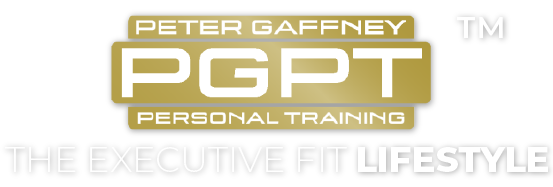Injuries suck!
Plain and simple; No-one wants to be injured or go through any type of musculoskeletal trauma. Unfortunately, they are all too common and generally a part of life. They can occur as a consequence of fatigue, previous trauma, lack of physical preparation and occasionally, bad luck.
When sustaining an injury I cannot stress the importance of seeking the appropriate medical attention. Be it at a hospital, a doctor, physiotherapy, osteopath etc. get yourself seen to by a medical professional. The long-term damage you can do to the affected area is far worse than refraining from a workout, competition, sport, or any other physical endeavour in the short-term.
Once you have been seen to by the appropriate professional and have an understanding of severity of injury, structural damage, timeline of recovery and how best to manage it, it is important to start some sort of rehabilitation. You can continue to train around the site of injury as best as possible, and this is something we are very used to here at PGPT.
It is very important to maintain strength and general fitness, and as always, a healthy approach with food and hydration during a period of injury. I would argue it’s even more important as your body is structurally compromised. So you must therefore put in more effort to maintain your physical attributes.
Unfortunately, rest is often the chosen form of protection. Yet the short and long-term effects to muscle strength, size, volume and metabolic changes that accompany this approach may put the repair at greater risk as the individual progresses.

Injury should never interfere with an opportunity to exercise, there’s always plenty to be done. Research has shown that training the opposite limb of an immobilised arm or leg can help maintain muscle mass (Valdes O R. C.-V., 2021). The exact reason for this cross-transfer of strength isn’t fully understood. According to the study co-author Ken Nosaka, Ph.D., the central nervous system likely plays a role. Our brains compensate by producing adaptations that stimulate the muscles even though they’re not being used.
Regarding some injuries, you’ll even want to focus on the area of pain. Active movement can be one of the best strategies for getting the area healed. However this should be overseen by a physiotherapist, professional coach like our own here at PGPT, or other medical or rehabilitation specialist.
The key thing to remember is, as debilitating as injuries are to sustain then overcome, it’s always possible to train around them. Hurt a shoulder, train your legs or do some floor-based core work. Sprained an ankle or knee, try some upper body or again some floor-based core work and if appropriate some managed loading. If you have access to a pool this can offer a low-load alternative to training for multiple areas of the body.
To be able to view an injury as an opportunity to work on other areas, or even better, to come back stronger and more robust than before, can really help the process of rehabilitation. We also want to recognise the link between mind and body, and that undesirable states such as anger, anxiety and stress can hinder physical recovery. Having a more positive desirable outlook as well as encouraging specific beliefs and expectations are important and can encourage a smoother process to complete physical recovery.
If you would like further advice in injury recover and how you can continue to train, contact us today.
Yours in keeping it moving!
Yudi
References:
Valdes O, Ramirez C, Perez F, Garcia-Vicencio S, Nosaka K, Penailillo L. Contralateral effects of eccentric resistance training on immobilized arm. Scand J Med Sci Sports. 2021 Jan;31(1):76-90. doi: 10.1111/sms.13821. Epub 2020 Sep 22. PMID: 32897568.


